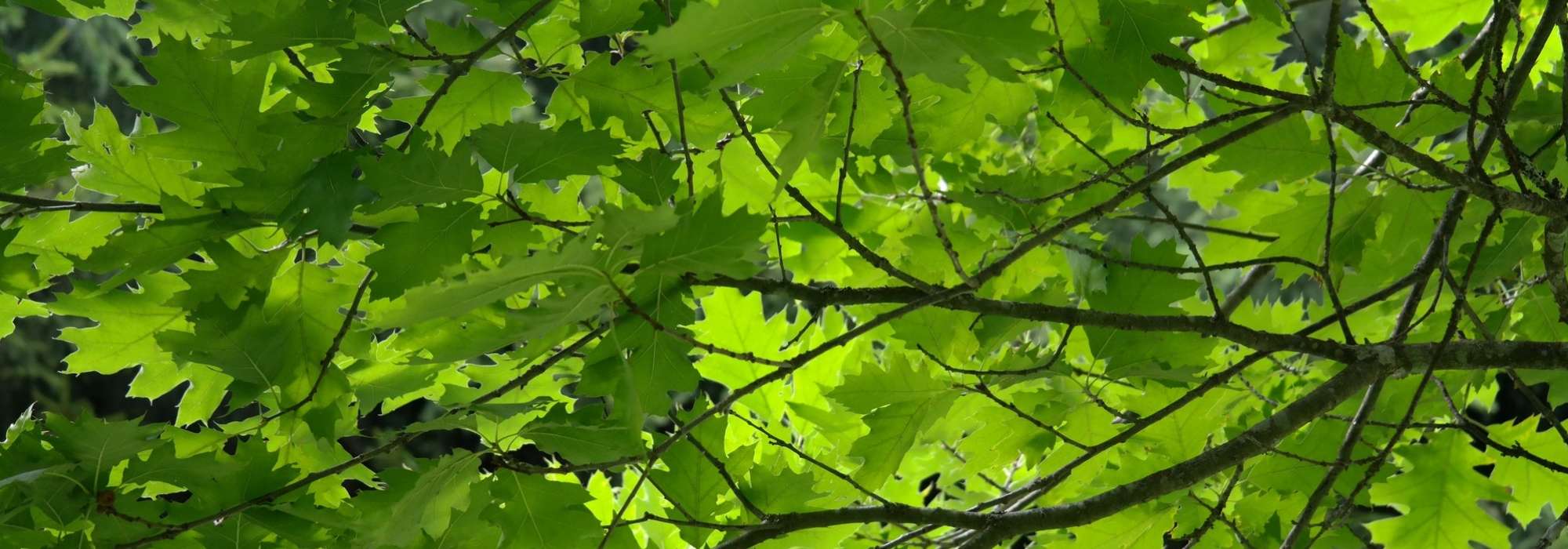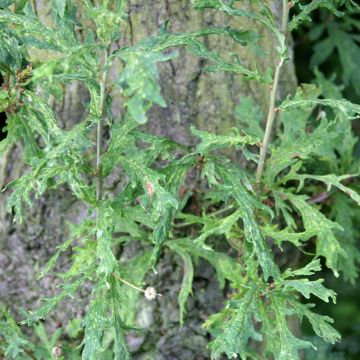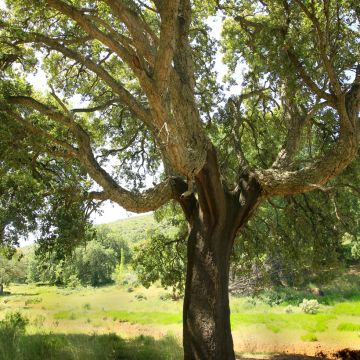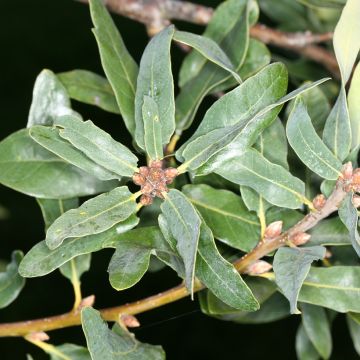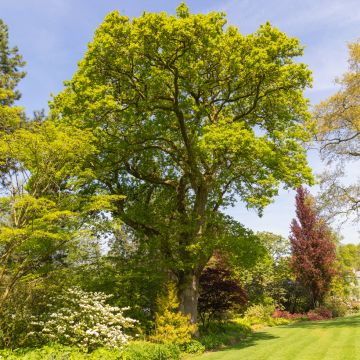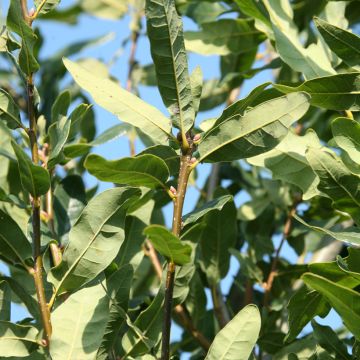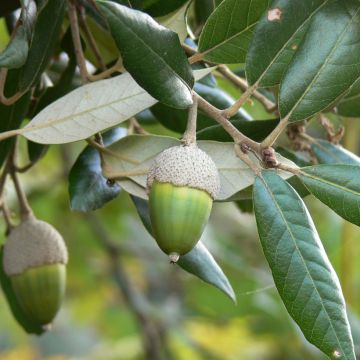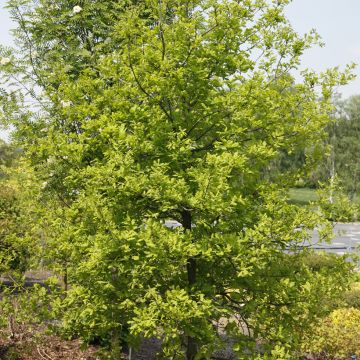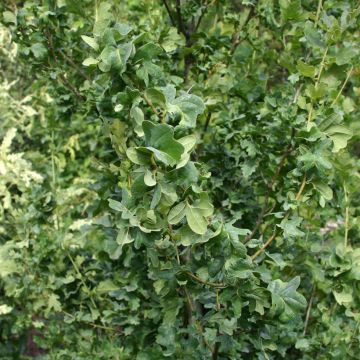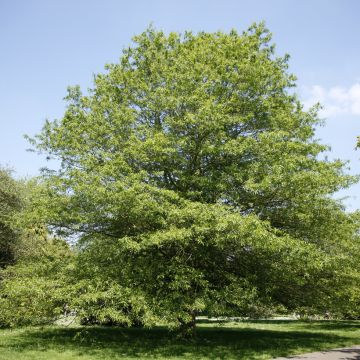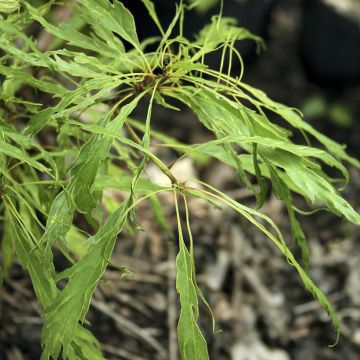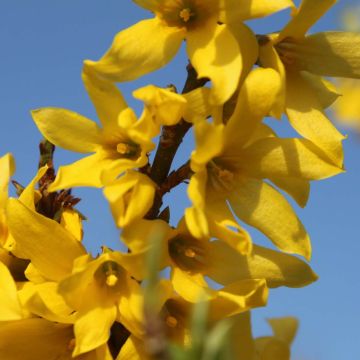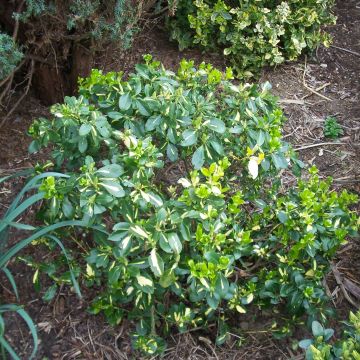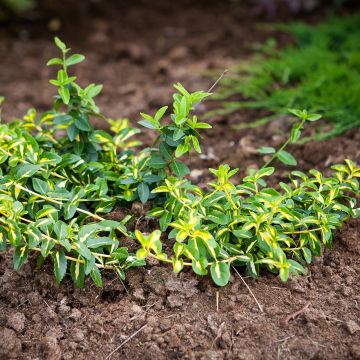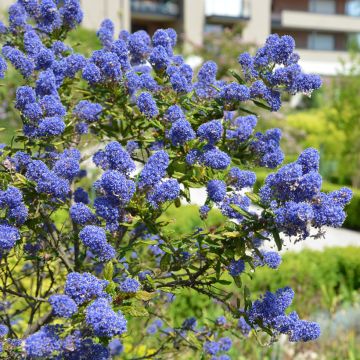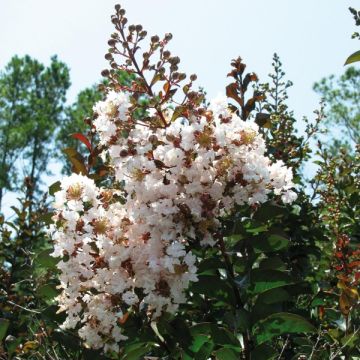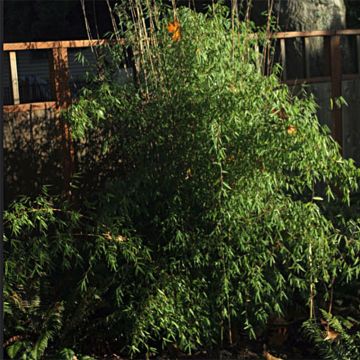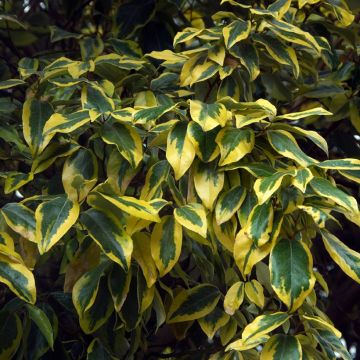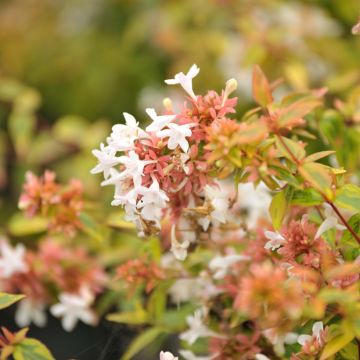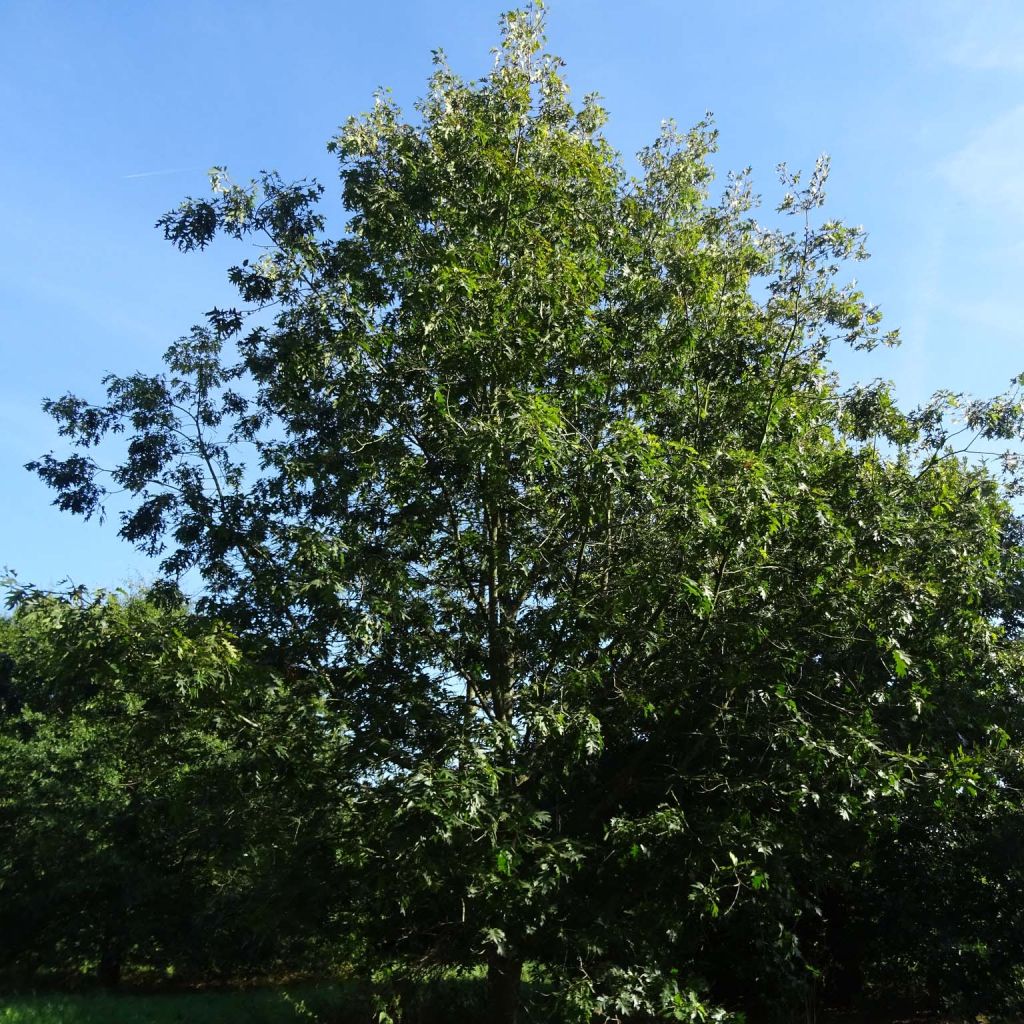

Quercus coccinea Splendens - Scarlet Oak
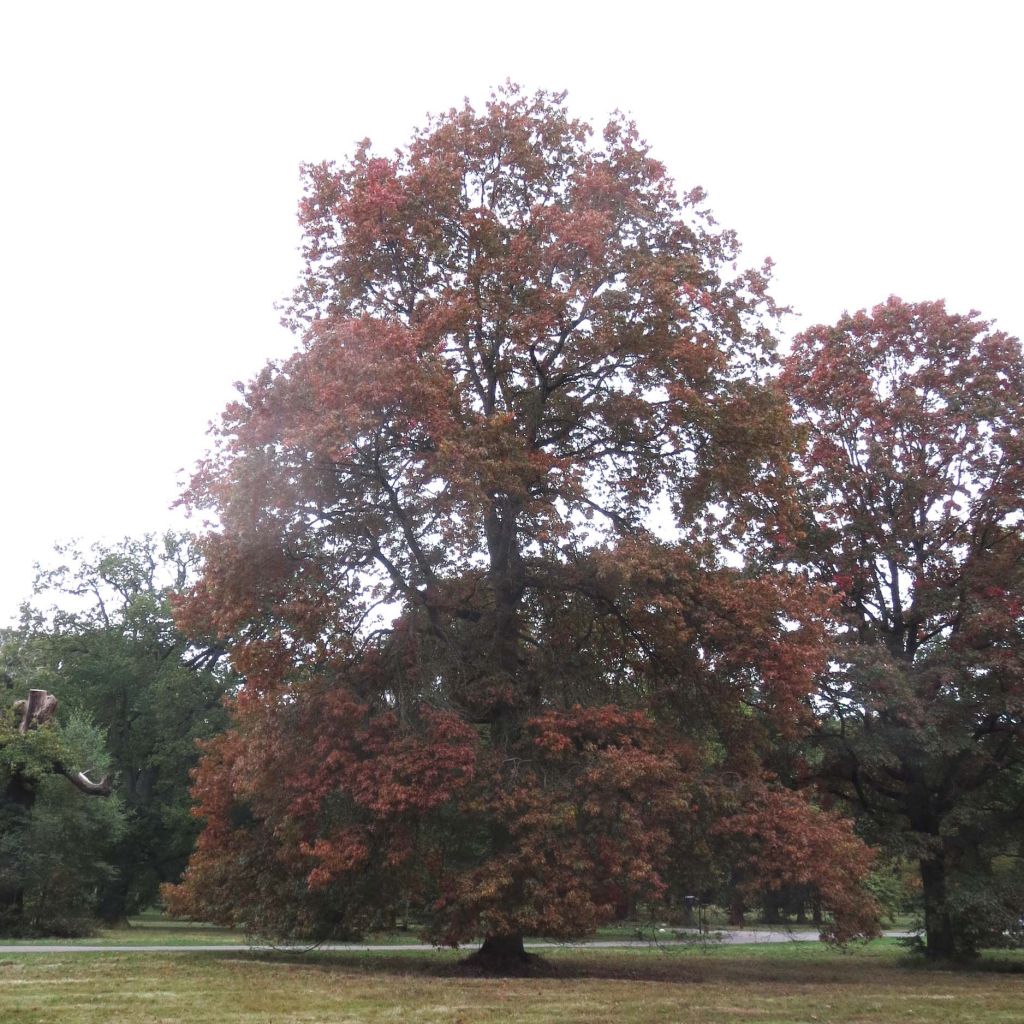

Quercus coccinea Splendens - Scarlet Oak
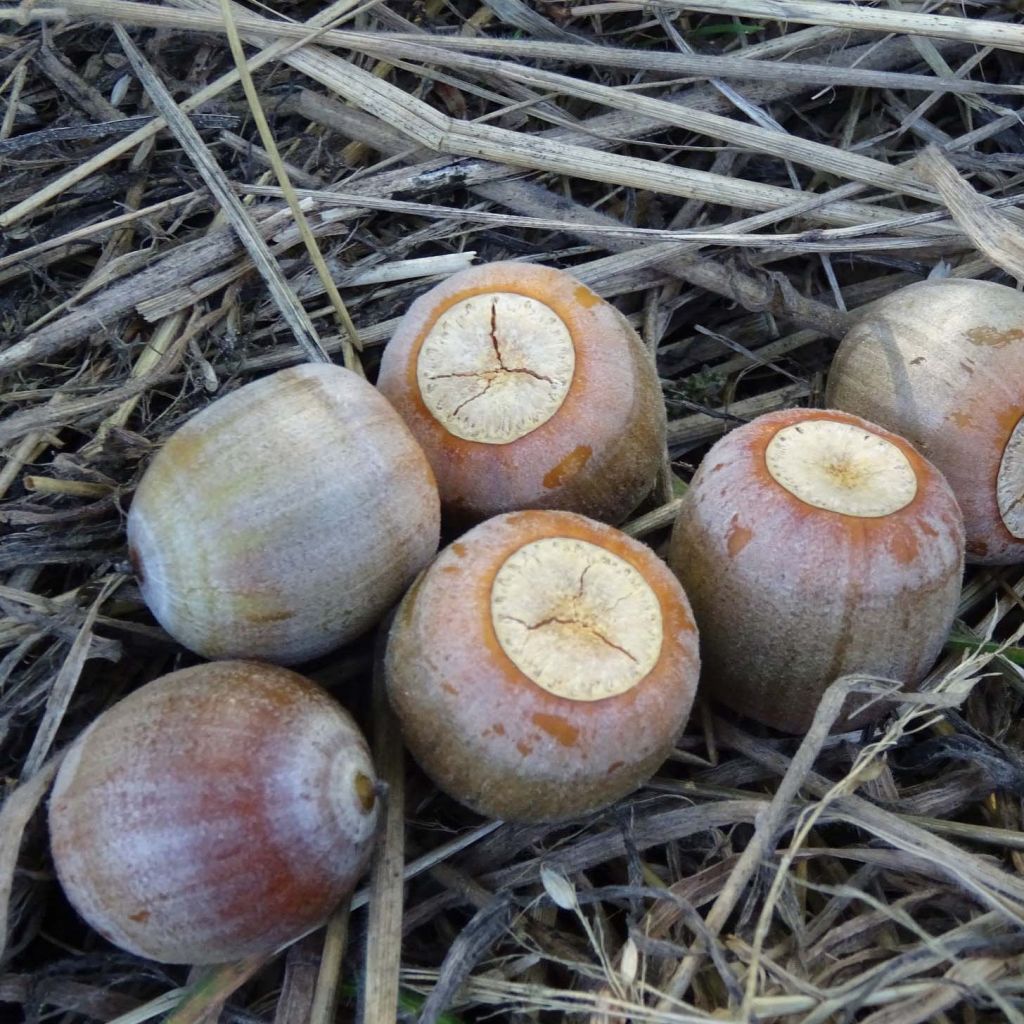

Quercus coccinea Splendens - Scarlet Oak
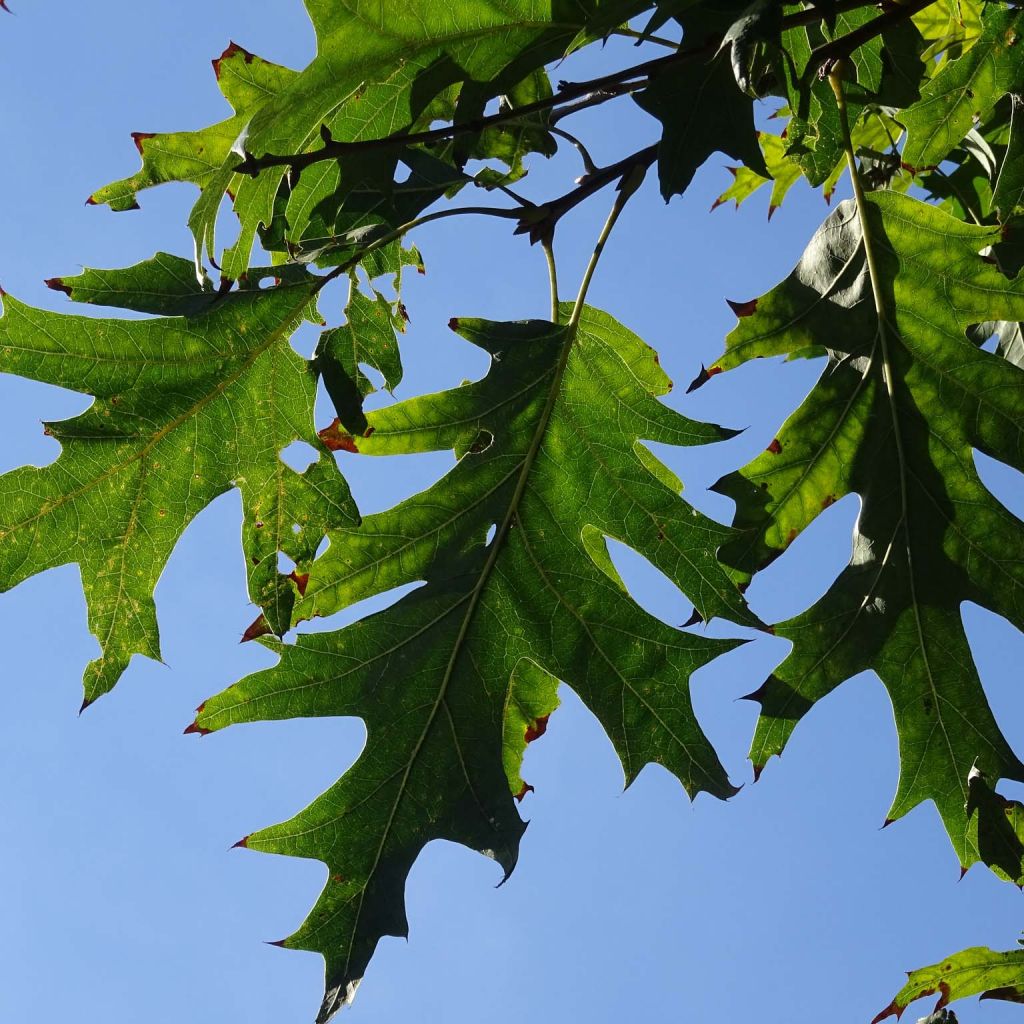

Quercus coccinea Splendens - Scarlet Oak
Quercus coccinea Splendens - Scarlet Oak
Quercus coccinea Splendens
Scarlet Oak, Black Oak, Red Oak
Special offer!
Receive a €20 voucher for any order over €90 (excluding delivery costs, credit notes, and plastic-free options)!
1- Add your favorite plants to your cart.
2- Once you have reached €90, confirm your order (you can even choose the delivery date!).
3- As soon as your order is shipped, you will receive an email containing your voucher code, valid for 3 months (90 days).
Your voucher is unique and can only be used once, for any order with a minimum value of €20, excluding delivery costs.
Can be combined with other current offers, non-divisible and non-refundable.
Home or relay delivery (depending on size and destination)
Schedule delivery date,
and select date in basket
This plant carries a 24 months recovery warranty
More information
We guarantee the quality of our plants for a full growing cycle, and will replace at our expense any plant that fails to recover under normal climatic and planting conditions.
Does this plant fit my garden?
Set up your Plantfit profile →
Description
Quercus coccinea 'Splendens' is a variety of scarlet oak with a splendid autumn foliage, even more intense red than the type. Majestic like all its cousins, it has deciduous foliage, deeply lobed and cut, dark green and shiny in summer, red in autumn, then brown, remaining on the branches for a long time in winter. Its imposing habit and elegance make it suitable for large gardens. Very tolerant of soil conditions, this oak only fears the presence of excessive limestone. It will adapt equally well to sandy and dry soils as well as heavy and occasionally waterlogged soils.
Native to the Northeastern United States (from Maine to Louisiana) and Canada, this large tree from the Fagaceae family can reach 20 to 25 metres (65 feet 7 inches to 82 feet) in height with a 15-metre (49 feet 2 inches) spread. In its natural environment, it can be found growing in poor soils, on well-drained highlands, dry slopes, and ridges, as well as poorly drained and marshy soils. The 'Splendens' cultivar, introduced in England at the Knap Hill Nursery around 1900, distinguishes itself with even more colourful autumn foliage. Quercus coccinea 'Splendens' has a pyramidal habit during its early years, then widens to become conical: the lower branches are slightly trailing while those that develop from mid-height are horizontal. The deciduous leaves, deeply cut into 5 to 9 lobes, somewhat resemble maple leaves. They measure from 7 to 16cm (2.8 to 6.3in) in length. Shiny green in the heart of summer, they take on magnificent autumnal shades, in different shades of red ranging from crimson to scarlet, then turn brown and persist on the branches until winter. This oak blooms in May-June, in the form of white and felted corymbs, then produces highly decorative 1cm (0.4in) acorns, shiny and light red, practically round, in two years. Its very straight trunk is covered with a slightly channelled, grey-brown to almost black bark, and its branches give rise to many slender small branches of a brownish-yellow colour. This species has a taproot, but its rooting is not very deep.
Scarlet oak grows in any preferably neutral to acid soil in an open position, where it will be visible from a distance. It will be cultivated as an ornamental tree in parks and large gardens, where it expresses its full potential as a shade tree or specimen. It shows more harmonious development when grown in sheltered conditions, without excessive competition. Why not associate it with Metasequoia glyptostroboides 'Gold Rush', with field maple and larch, which are splendid in autumn. Two species of ferns such as Onoclea sensibilis, in neutral to acidic and moist soil, in full sun to partial shade, and Dryopteris palustris (Telypteris palustris), ideal in riverside or marsh scenes, in light shade or in the sun, can also be planted at its base.
Quercus coccinea Splendens - Scarlet Oak in pictures
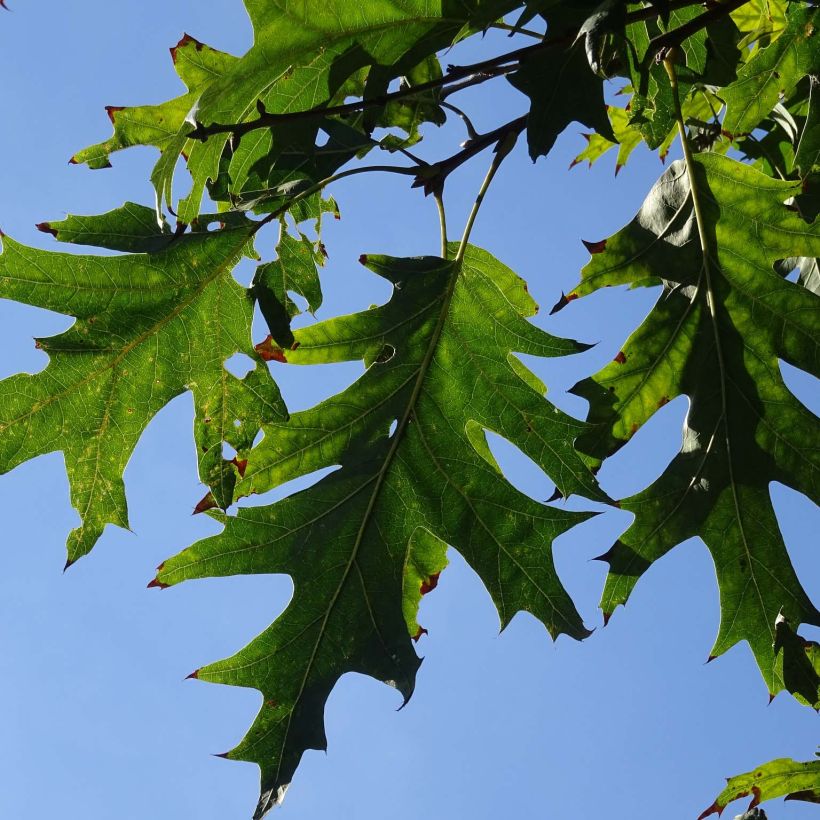

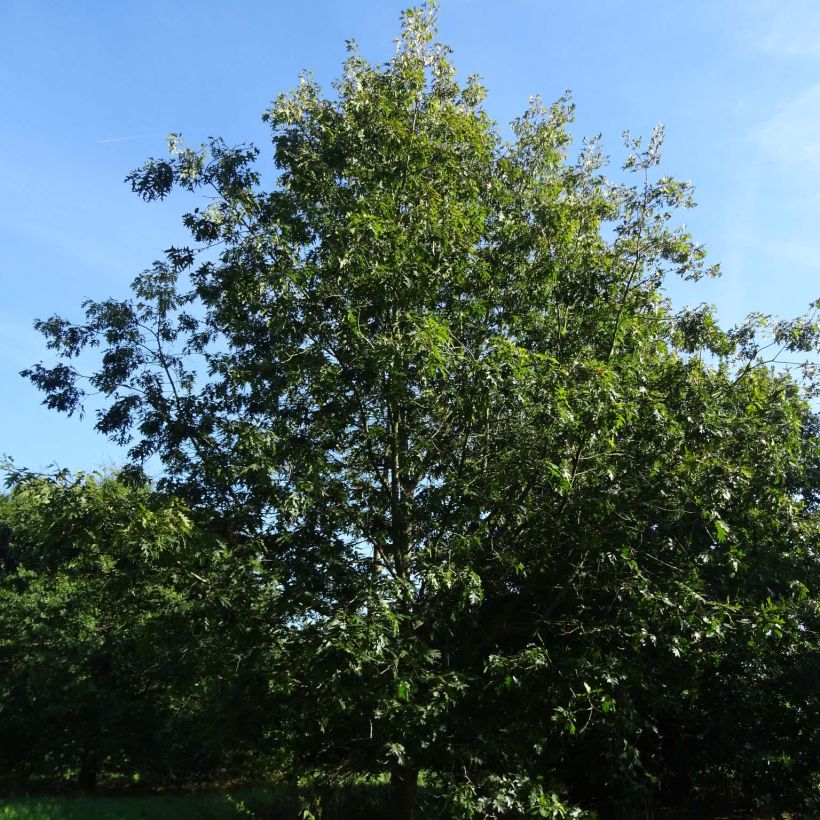

Plant habit
Flowering
Foliage
Botanical data
Quercus
coccinea
Splendens
Fagaceae
Scarlet Oak, Black Oak, Red Oak
North America
Other Oak
View all →Planting and care
Quercus coccinea 'Splendens' is preferably planted in autumn in any slightly acidic, neutral, calcium-poor soil. It tolerates occasional periods of drought as well as periodically flooded areas. It should be planted in a sunny location. Stake the young plants and then let nature take its course. Pruning is unnecessary, except for young trees that do not grow in a balanced manner. In February, before the vegetation resumes, remove dead, diseased or obstructive wood.
Planting period
Intended location
Care
Planting & care advice
This item has not been reviewed yet - be the first to leave a review about it.
Similar products
Haven't found what you were looking for?
Hardiness is the lowest winter temperature a plant can endure without suffering serious damage or even dying. However, hardiness is affected by location (a sheltered area, such as a patio), protection (winter cover) and soil type (hardiness is improved by well-drained soil).

Photo Sharing Terms & Conditions
In order to encourage gardeners to interact and share their experiences, Promesse de fleurs offers various media enabling content to be uploaded onto its Site - in particular via the ‘Photo sharing’ module.
The User agrees to refrain from:
- Posting any content that is illegal, prejudicial, insulting, racist, inciteful to hatred, revisionist, contrary to public decency, that infringes on privacy or on the privacy rights of third parties, in particular the publicity rights of persons and goods, intellectual property rights, or the right to privacy.
- Submitting content on behalf of a third party;
- Impersonate the identity of a third party and/or publish any personal information about a third party;
In general, the User undertakes to refrain from any unethical behaviour.
All Content (in particular text, comments, files, images, photos, videos, creative works, etc.), which may be subject to property or intellectual property rights, image or other private rights, shall remain the property of the User, subject to the limited rights granted by the terms of the licence granted by Promesse de fleurs as stated below. Users are at liberty to publish or not to publish such Content on the Site, notably via the ‘Photo Sharing’ facility, and accept that this Content shall be made public and freely accessible, notably on the Internet.
Users further acknowledge, undertake to have ,and guarantee that they hold all necessary rights and permissions to publish such material on the Site, in particular with regard to the legislation in force pertaining to any privacy, property, intellectual property, image, or contractual rights, or rights of any other nature. By publishing such Content on the Site, Users acknowledge accepting full liability as publishers of the Content within the meaning of the law, and grant Promesse de fleurs, free of charge, an inclusive, worldwide licence for the said Content for the entire duration of its publication, including all reproduction, representation, up/downloading, displaying, performing, transmission, and storage rights.
Users also grant permission for their name to be linked to the Content and accept that this link may not always be made available.
By engaging in posting material, Users consent to their Content becoming automatically accessible on the Internet, in particular on other sites and/or blogs and/or web pages of the Promesse de fleurs site, including in particular social pages and the Promesse de fleurs catalogue.
Users may secure the removal of entrusted content free of charge by issuing a simple request via our contact form.
The flowering period indicated on our website applies to countries and regions located in USDA zone 8 (France, the United Kingdom, Ireland, the Netherlands, etc.)
It will vary according to where you live:
- In zones 9 to 10 (Italy, Spain, Greece, etc.), flowering will occur about 2 to 4 weeks earlier.
- In zones 6 to 7 (Germany, Poland, Slovenia, and lower mountainous regions), flowering will be delayed by 2 to 3 weeks.
- In zone 5 (Central Europe, Scandinavia), blooming will be delayed by 3 to 5 weeks.
In temperate climates, pruning of spring-flowering shrubs (forsythia, spireas, etc.) should be done just after flowering.
Pruning of summer-flowering shrubs (Indian Lilac, Perovskia, etc.) can be done in winter or spring.
In cold regions as well as with frost-sensitive plants, avoid pruning too early when severe frosts may still occur.
The planting period indicated on our website applies to countries and regions located in USDA zone 8 (France, United Kingdom, Ireland, Netherlands).
It will vary according to where you live:
- In Mediterranean zones (Marseille, Madrid, Milan, etc.), autumn and winter are the best planting periods.
- In continental zones (Strasbourg, Munich, Vienna, etc.), delay planting by 2 to 3 weeks in spring and bring it forward by 2 to 4 weeks in autumn.
- In mountainous regions (the Alps, Pyrenees, Carpathians, etc.), it is best to plant in late spring (May-June) or late summer (August-September).
The harvesting period indicated on our website applies to countries and regions in USDA zone 8 (France, England, Ireland, the Netherlands).
In colder areas (Scandinavia, Poland, Austria...) fruit and vegetable harvests are likely to be delayed by 3-4 weeks.
In warmer areas (Italy, Spain, Greece, etc.), harvesting will probably take place earlier, depending on weather conditions.
The sowing periods indicated on our website apply to countries and regions within USDA Zone 8 (France, UK, Ireland, Netherlands).
In colder areas (Scandinavia, Poland, Austria...), delay any outdoor sowing by 3-4 weeks, or sow under glass.
In warmer climes (Italy, Spain, Greece, etc.), bring outdoor sowing forward by a few weeks.






























